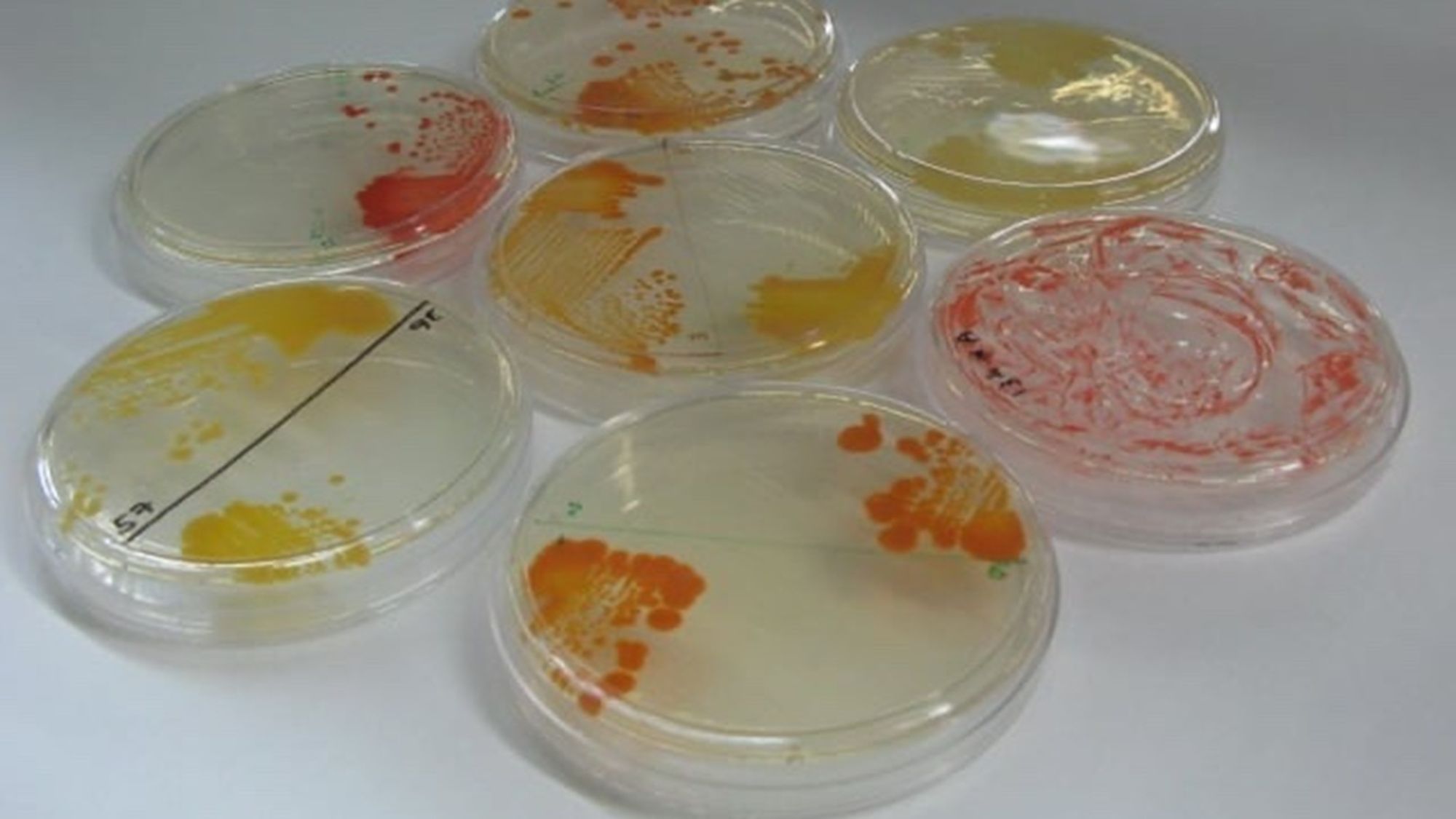NASA Cleanrooms Hide Secrets of Extremophilic Bacteria

A groundbreaking study by an international team of researchers has identified 26 novel bacterial species that thrive in NASA's cleanrooms, ultra-sterile environments designed to prevent contamination of spacecraft bound for space missions.
The discovery published in the journal Microbiome sheds light on the surprising resilience of certain microorganisms in extreme conditions and raises critical questions about microbial contamination risks in space exploration.
Cleanrooms used to assemble spacecraft maintain stringent controls over air quality, temperature, and humidity to minimize microbial presence. However, scientists found that extremophilic bacteria not only survived but adapted to these inhospitable conditions.
"Our goal was to assess the risk of extremophiles hitching a ride on spacecraft and potentially surviving in space or on other planets," said lead author Professor Alexandre Rosado of King Abdullah University of Science and Technology (KAUST).
"This research is critical for planetary protection and preventing the accidental colonization of celestial bodies."
The study, which involved genomic analysis of bacteria collected during NASA's Phoenix Mars mission, sequenced genomes of 215 isolates and identified 53 strains representing 26 novel bacterial species.
Many of these bacteria carry genes associated with high resistance to radiation and disinfectants, enhanced DNA repair mechanisms, metabolic adaptability, and detoxification capabilities – traits that could contribute to long-term survival in space-like conditions.
"These newly discovered genes may have applications far beyond space," said Dr. Junia Schultz, postdoctoral researcher at KAUST and co-author of the study.
"Their resilience mechanisms could be harnessed for innovations in food preservation, medical biotechnology, and even industrial processes."
The discovery adds to growing interest in how Earth-based microorganisms might behave beyond our planet – and how their unique biology could one day support human missions in space or contribute to biotechnology on Earth.
